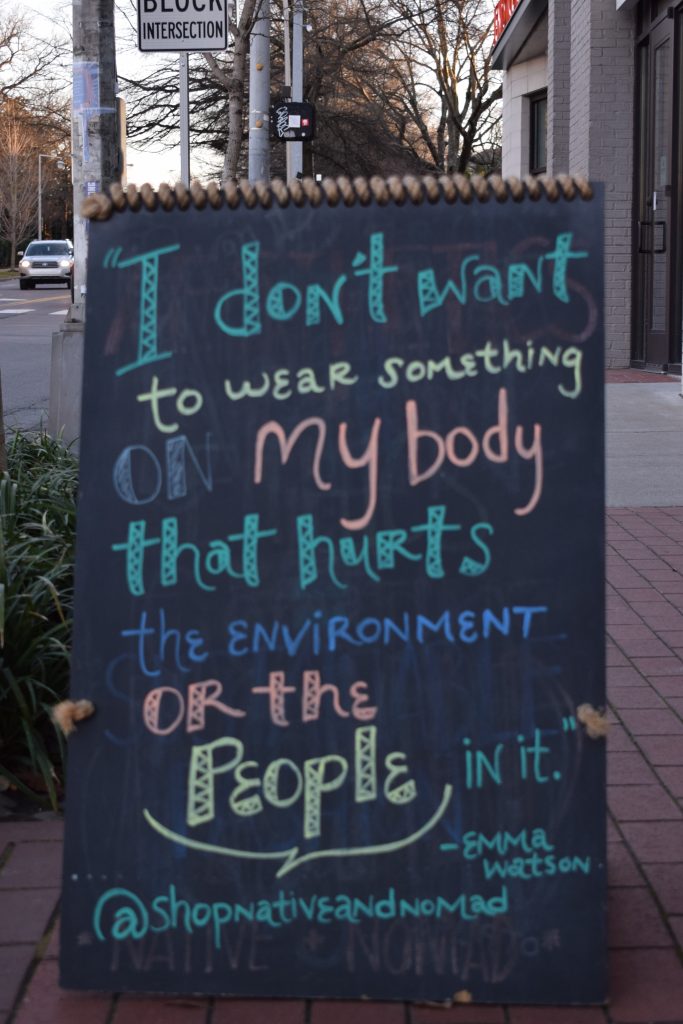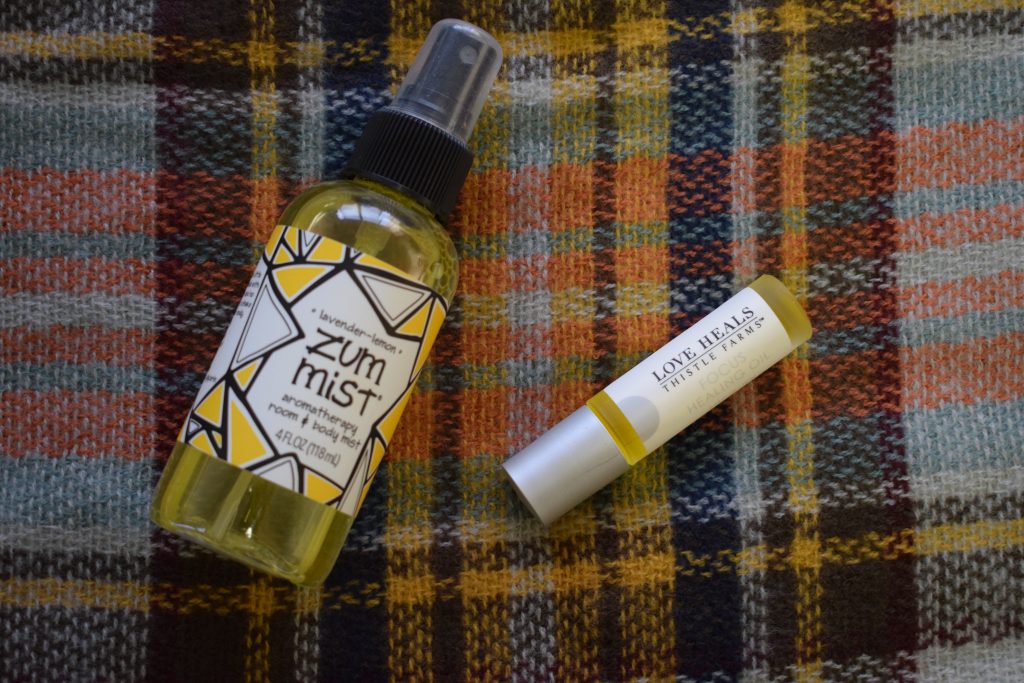Fair Trade is a word that gets thrown around a lot without much understanding for what it actually is.
While the term may conjure up notions of hippies and organic produce and what not, its meanings and implications actually deal with a very serious issue that many people aren’t informed about.

Originally called TransFair USA, Fair Trade USA was founded in 1998 and initially focused on certifying coffee. Since then, the fair trade certification has extended to numerous kinds of products: like chocolate, clothing, snacks, and body care.
Fair Trade certification ensures that a product isn’t produced or handled by laborers in poor working conditions. The workers are protected through a couple of different mechanisms: the Hired Labor Standard, Trade Standard, Gender Strategy, Environmental Strategies.
Fair Pay + Economic Uplifting
Price Floors
Fair trade goods all have price floors, meaning that the goods have a minimum price that they can be sold at.
Premiums
On top of the higher prices for the goods they produce, premiums are given to producer organizations that they can then use at their discretion. In many cases, these premiums are used to build schools, improve healthcare, fund development projects, provide electricity, and more.
Check out some of the ways communities decide to use their premiums to improve education systems!
Higher sales lead to higher premiums-
so the more people who support Fair
Trade movement and Fair Trade
products, the more benefit is reaped
to laborers all over the world.
According to the Fair Trade 2016 Monitoring Report, there were 1.7 million Fair Trade workers. These workers and their representative organizations were paid a total of 158.3 million euros in premiums within the year.

According to the official Fair Trade USA website, “Globally, producers received an estimated $153 million in Fairtrade Premium in 2015. Strong increases in sales volumes of Fairtrade products like bananas (12 percent growth), coffee (18 percent), and cocoa (27 percent) fueled growth in the Premium. According to producer-reported data from 2014, the average producer organization receives more than $110,000 in Fairtrade Premium”.
View this post on InstagramA post shared by Zahra B. 🍯 Soulful Seeds (@soulfulseedsblog) on
Fair Trade Favs
How You Can Help
Kind of self explanatory, but you can best support Fair Trade movement by voting with your dollar! Buy Fair Trade Certified goods when you can, and when you can’t, make it a point to try and dissect the production standards of everything you buy.
If you are interested in finding other ways to help eradicate unfair treatment of workers, STOP supporting the fast fashion industry!
Before you make a clothing purchase, try and look for something in a thrift store. Learn more ways to stop supporting fast fashion here.
Thank you for reading; I hope you found this post to be helpful!

